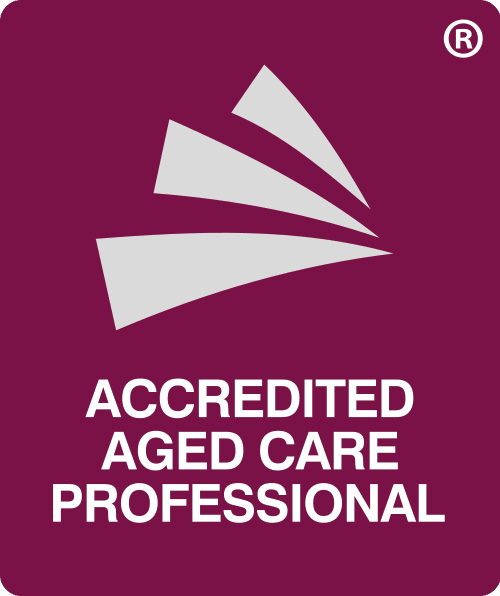Throughout our lives we make choices about where to live, largely driven by lifestyle, work or family. However, as we get older our health or increasing levels of frailty may have a greater impact on these choices.
Homes come in a variety of shapes, styles and legal structures. Planning ahead and researching options can help you to make a well-informed decision when you think you need to move.
Where we live in our older years is not just a decision about physical location but how we can access care and support. It is important to understand what is affordable as well as how your daily routine can be managed.
Accommodation versus care
When care is needed, many people compare the option of a retirement village against residential aged care. While both provide supportive environments for older people, they are not complete substitutes. The funding and care implications are quite different.
Don’t view the comparison as just a property transaction based on price and size. For example, in a retirement village you may have access to a whole unit or villa, while for a similar price in a residential aged care service, you have only a single room. You should also think about how much support you need each day.
Retirement villages versus residential care
Retirement villages offer the opportunity to live in a community of older people. The village operator will maintain the external building and community garden areas, but it is still independent living. For an additional cost, you may be able to access support inside your home but services vary from one retirement village to the next, and unless provided through a Home Care package, costs are not subsidised by the Government.
Residential aged care bundles fully supported living and care together with accommodation. This care is provided 24/7 and the costs are heavily subsidised by the government. The table below provides a basic summary of some of the key comparisons:
| Retirement village | Residential care | |
| Entry cost (accommodation) | Set by the operator and specified in the contract. Usually a lump sum “purchase” but some villages may allow a rental arrangement. | A published price which you can choose to pay as a fully refundable lump sum or a daily “rental” amount. |
| Tenancy right | Occupancy usually under a lease or licence arrangement. | Permanent tenancy for life, with rules for future moves specified in the agreement. |
| Centrelink/ DVA means test | Homeowner status depends on the amount paid. If determined to be a homeowner, the entry amount paid is exempt. | If a homeowner before moving, this status continues while a spouse continues to live there, or otherwise for the first two years only (or until home is sold). |
| Options when leave | Depends on contract. If the unit is sold you may or may not share in any capital gains. A deferred management fee and refurbishment expenses are generally deducted from the refunded amount. | A lump sum paid for the room (less any fees deducted) is refunded. All other rights terminate. |
| Cost of care | Optional services provided at the operator’s discretion – with commercial and non-subsidised pricing. | Rules for calculating fees are set by the government based on means-testing, with minimum and maximum annual fees. |
The value of advice
Pulling together the information you need to make choices can be difficult and stressful for you and your family. Emotions can run high.
Giving yourself time by starting your research early can reduce stress levels and for an older person, can ensure their voice is heard more clearly. Call us today on 1300 127 284 for advice to guide you through the process and help to create effective solutions for you and your family.
Factual Advice Warning: Any information provided in this website is purely factual in nature and does not take into account your personal objectives, situation or needs. The information is objectively ascertainable and is not intended to imply any recommendation or opinion. This does not constitute financial product advice under the Corporations Act 2001 (Cth).


